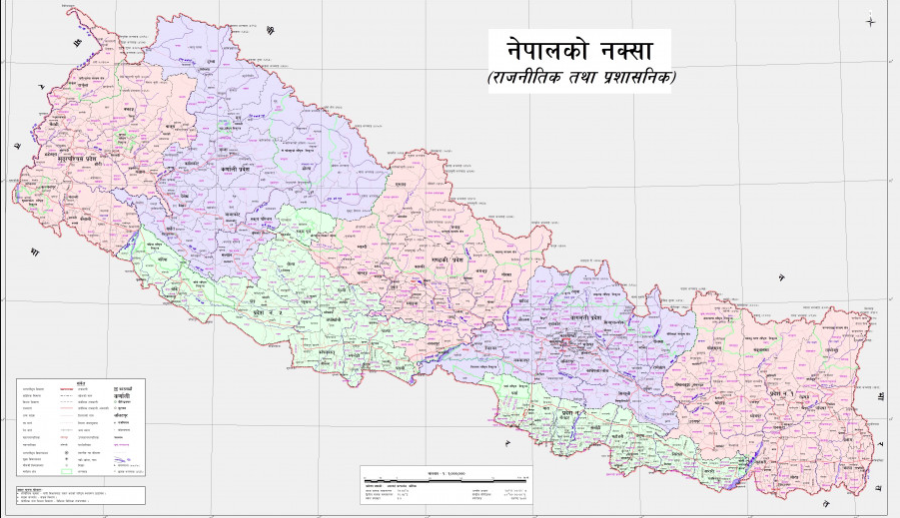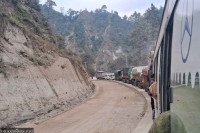Editorial
The politics of distraction
While Nepal’s release of a new political map was important, the discourse must move back to Covid-19 management.
The KP Oli led federal government has received some positive press recently, for its response to India’s opening of a road through Lipulekh. While governments in the past have tacitly accepted that it is difficult to remove India from the disputed territories, this government has at least updated Nepal’s own map, so as to assert that its claims have not been forgotten by the people of Nepal. This was a strong move: Nepal’s own cartography had, for centuries, ignored its own assertions on the mouth of the Mahakali river. Now, hopefully, India will have no choice but to address the dispute, something it has tried to brush off with insincerity until now.
Recently, however, the government seems to be milking the new map for all the positive press it is worth. It is attempting to push through a constitutional amendment to recognise Nepal’s new assertions to the old claims in all official graphics, including the state emblems and seals. Yet, the reaffirmation of the territorial claims—with the help of a new political map—is not an end in itself. It was always a means to an end—to get India to acknowledge the dispute and come to the negotiation table in good faith. While amending the constitution is an essential step to match Nepal’s geographic representations in all documents, it is not the most important matter right now.
Nepal has already shown its resolve on the matter to India. The rushing of a constitutional amendment for seals and emblems, when other groups have had legitimate concerns needing amendment, and that too in the midst of a pandemic, seems nothing more than an attempt to distract the public. While the amendment should come soon, the government must first deal with the graver issues at hand—it seems to not have any concrete plans in place to deal with the ever-growing threat of Covid-19.
The government’s response to the pandemic has been very poor. To begin with, it enforced a strict barrier to entry—one that has left countless Nepalis stranded abroad. Countless have lost their jobs, and many thousands have shown a desire to come home. Some, like Bishnu Prasad Neyopane, have succumbed to health complications in Kuwait while desperately waiting—jobless and low on money—for a government rescue. Now, of the 207 Nepalis who have died abroad recently (10 directly due to Covid-19), 58 have already been cleared for cremation abroad, as family members find it impossible to bring back the bodies to perform funeral rites. And, for all of the Oli government’s claims that they have sealed the border due to the chance of more infected people coming in, the virus has somehow found a way into Nepal anyway.
As Nepal’s infected tally reaches 584, it must now become clear to the government that simply enforcing a lockdown will not control the spread of the virus. This is especially true when instead of arranging for isolation and treatment centres for coronavirus infected patients, many of the infected have been put up in quarantine centres with healthy people—allowing for the spread within these centres that has already spread to the larger populace. At the same time, those not affected by the virus are beginning to be affected by the measures put in place to contain it. As retail merchants find it difficult to restock supplies, consumers—many of them without steady income due to the lockdown—are facing a market with fewer supplies and inflated prices.
In this situation, the priority must be to look for solutions to manage Covid-19 while not letting the economy tank further. The government has already shown India that it means business with territorial claims, which is important. The officials and experts are also unanimous in their belief that the only way forward to resolve the border disputes is through talks; diplomatic channels should be activated for the purpose. The government now must cut down on the distractions and put the focus back on public health management and response measures.




 16.66°C Kathmandu
16.66°C Kathmandu














